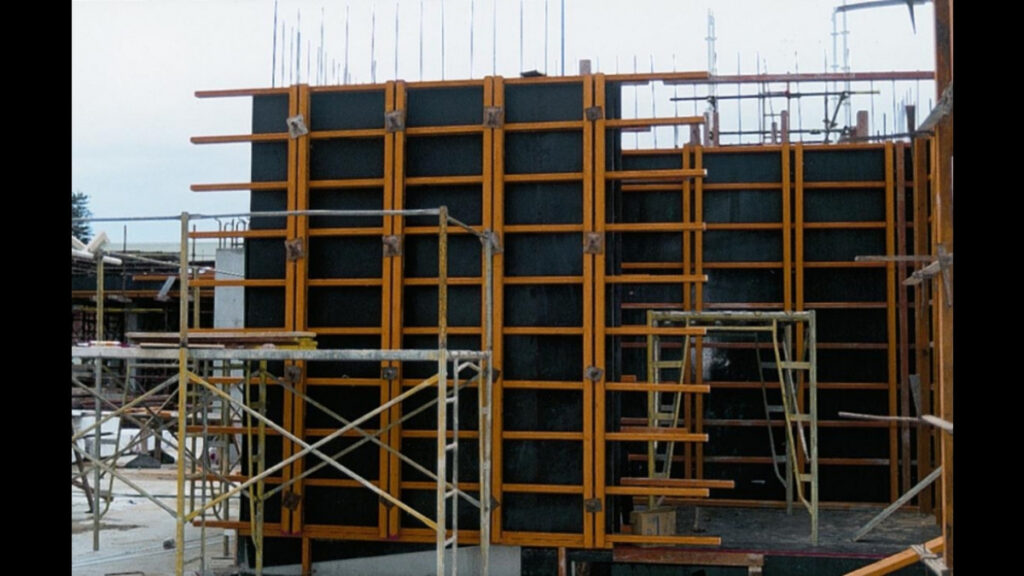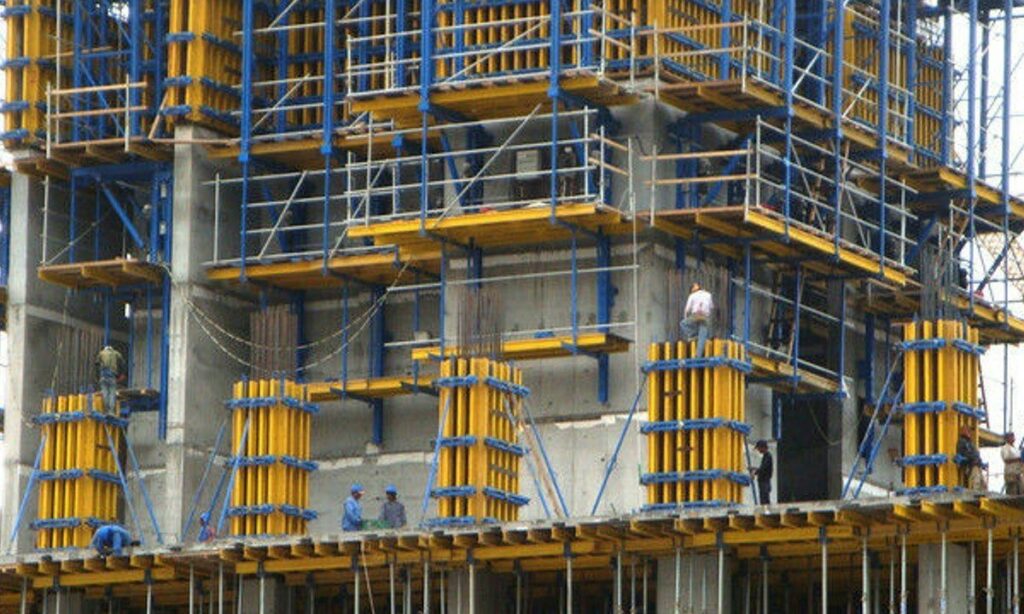Why LVL Formwork is Essential for Modern Construction
In modern construction, the use of LVL (Laminated Veneer Lumber) formwork has become essential. LVL formwork offers unique qualities that make it a preferred choice for many construction projects. Understanding the characteristics and benefits of LVL formwork is crucial for builders and developers seeking efficient and sustainable construction solutions.
Understanding LVL Formwork
Definition and Characteristics of LVL Formwork
LVL formwork is a construction technique that utilizes laminated veneer lumber made of multiple layers of thin wood veneers bonded together with adhesives. This manufacturing process creates a high-strength and durable material that is resistant to warping, shrinking, and splitting.
One of the key advantages of LVL formwork is its exceptional load-bearing capacity. It can withstand heavy loads, making it ideal for supporting concrete during the casting process. Moreover, its uniform strength and dimensional stability ensure consistent performance, enhancing the overall structural integrity of a building.
Furthermore, LVL formwork is known for its environmental sustainability. The wood used in the production of LVL is typically sourced from sustainably managed forests, making it a renewable and eco-friendly construction material. This aspect aligns with the growing emphasis on green building practices and sustainable development in the construction industry.
The Evolution of Formwork Technology
The use of formwork in construction dates back thousands of years. Traditionally, formwork was constructed using timber, which had limitations in terms of strength, durability, and reusability. However, advancements in manufacturing processes and the introduction of LVL formwork have revolutionized the industry.
LVL formwork offers significant improvements over traditional timber formwork, making it an indispensable tool in modern construction. Its engineered design allows for greater flexibility, ease of assembly, and reusability.
With the evolution of formwork technology, construction projects have become more efficient and cost-effective. The use of LVL formwork has streamlined the process of creating concrete structures, reducing construction time and labor costs. Additionally, the durability of LVL formwork translates to longer service life and increased return on investment for builders and developers.

The Role of LVL Formwork in Modern Construction
Enhancing Structural Integrity with LVL Formwork
Structural integrity is of utmost importance in construction projects. LVL formwork plays a crucial role in ensuring the stability and safety of structures. Its high-strength properties make it suitable for supporting heavy loads and distributing weight evenly.
Furthermore, LVL formwork provides dimensional stability, meaning it won’t warp or distort under pressure. This characteristic ensures that the structure maintains its intended shape and prevents any detrimental effects on the overall stability and aesthetics of the building.
When it comes to modern construction, the use of LVL formwork has revolutionized the industry. The versatility of LVL (Laminated Veneer Lumber) allows for intricate designs and complex architectural features to be easily achieved. Architects and engineers can push the boundaries of creativity knowing that LVL formwork can support their vision with strength and reliability.
Read about lvl timber at: Finding the Best Deals on LVL Timber for Formwork
Speed and Efficiency: The LVL Formwork Advantage
Time is a valuable resource in the construction industry, and LVL formwork offers significant time-saving advantages. Its engineered design allows for quick and efficient assembly, reducing construction timeframes without compromising quality.
Moreover, LVL formwork’s lightweight nature enables easy handling and maneuverability on construction sites. Its modular components and interlocking capabilities make it simple to install and remove, ensuring smooth workflow and reducing labor costs.
Not only does LVL formwork save time during construction, but it also contributes to environmental sustainability. The manufacturing process of LVL involves using fast-growing trees, making it a renewable resource. Additionally, the durability of LVL means that formwork can be reused multiple times, reducing waste and minimizing the environmental impact of construction projects.
The Benefits of Using LVL Formwork
Cost-Effectiveness of LVL Formwork
Cost-effectiveness is a paramount consideration in construction projects. LVL formwork provides an economical solution by offering durability, reusability, and reduced assembly time. Its strength, coupled with its ability to withstand multiple uses, significantly lowers construction costs in the long run.
Additionally, LVL formwork’s ease of transportation and storage further contribute to cost savings. Its lightweight nature reduces transportation costs, while its reusable nature minimizes the need for new materials, making it an environmentally and economically sustainable choice. Find more about storage at https://www.educba.com/what-is-storage/
Moreover, the cost-effectiveness of LVL formwork extends beyond the initial construction phase. The durability of LVL formwork means that it requires minimal maintenance over time, reducing ongoing repair and replacement costs. This long-term cost savings makes it a wise investment for construction projects aiming for financial efficiency and sustainability.
Sustainability and Environmental Impact
Sustainability is a growing concern in the construction industry. LVL formwork aligns with sustainable practices due to its eco-friendly manufacturing process and reusable nature. The use of LVL formwork reduces waste and promotes responsible use of natural resources.
Furthermore, LVL formwork is manufactured with adhesives that meet strict environmental regulations. This ensures that the construction process does not contribute to harmful emissions or pollution.
Considering the environmental impact of construction materials is crucial in today’s world. LVL formwork not only meets the structural requirements of a project but also fulfills the need for sustainable building practices. By choosing LVL formwork, construction companies can reduce their carbon footprint and contribute to a greener, more environmentally conscious industry.
Challenges and Solutions in LVL Formwork
Common Issues in Using LVL Formwork
While LVL formwork offers numerous advantages, there can be challenges encountered during its usage. One common issue is the potential for moisture absorption, which can lead to swelling or warping. However, proper storage and maintenance practices, such as protecting the formwork from direct contact with water, can mitigate these problems.
Another challenge that may arise with LVL formwork is the risk of delamination, where the layers of the laminated veneer lumber start to separate. This can compromise the structural integrity of the formwork and affect its performance. To prevent delamination, it is crucial to handle the LVL formwork with care during transportation and installation, avoiding any rough handling that could cause damage to the layers.
Overcoming Obstacles with LVL Formwork
Construction professionals can overcome challenges associated with LVL formwork by implementing effective quality control measures. Regular inspections, proper handling, and adopting appropriate storage methods help ensure the longevity and optimal performance of the LVL formwork.
Furthermore, providing adequate support and bracing for the LVL formwork during concrete pouring can help prevent issues such as deflection or deformation. Ensuring that the formwork is properly secured and aligned before pouring concrete is essential for achieving smooth and uniform surfaces in the finished structure. By paying attention to these details and following best practices, construction teams can maximize the benefits of using LVL formwork in their projects.
The Future of LVL Formwork in Construction
Technological Advancements and LVL Formwork
As technology advances, construction methods and materials continue to evolve. LVL formwork is expected to benefit from further technological advancements, such as improved adhesives, surface treatments, and digital modeling tools.
These advancements will enhance the performance, durability, and sustainability of LVL formwork, making it an even more essential component in modern construction.
One significant technological advancement that is revolutionizing the use of LVL formwork is the integration of sensors and IoT (Internet of Things) devices. These smart technologies allow for real-time monitoring of formwork conditions, such as temperature, pressure, and load-bearing capacity. By collecting and analyzing data, construction teams can optimize the use of LVL formwork, leading to increased efficiency and safety on construction sites.

Predicted Trends in LVL Formwork Usage
The construction industry is witnessing a gradual shift towards more sustainable practices and materials. LVL formwork’s environmental benefits, cost-effectiveness, and ease of use align with these evolving trends. Click here to find more about environmental.
Experts predict an increase in the usage of LVL formwork as awareness grows about its advantages. Its versatility and ability to support various construction projects, from residential buildings to large-scale infrastructure, make it a valuable asset in the future of construction.
Another emerging trend in LVL formwork usage is the incorporation of recycled and eco-friendly materials in its production. By utilizing sustainable resources and adopting eco-conscious manufacturing processes, LVL formwork manufacturers are contributing to the industry’s green initiatives and reducing their carbon footprint.
In conclusion, LVL formwork plays a crucial role in modern construction. Its definition, characteristics, benefits, and challenges are vital considerations for builders and developers. By understanding the advantages of LVL formwork, the construction industry can achieve enhanced structural integrity, increased efficiency, and sustainable practices, making LVL formwork essential for successful modern construction projects.

